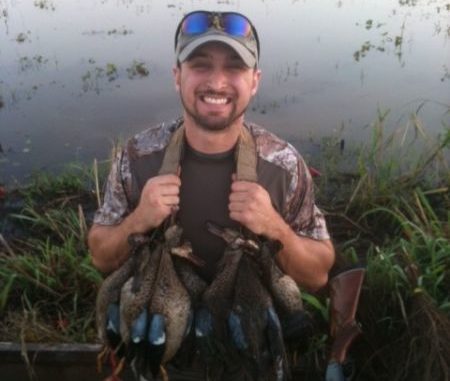
High teal populations drive USFWS decision to OK additional birds, LDWF says
Waterfowl hunters received a special treat last week with the announcement that they will be allowed to kill six birds during the September teal hunting season instead of the four-bird bag that has been in effect for years. For Larry Reynolds, waterfowl study leader for the Louisiana Department of Wildlife and Fisheries, the decision to pitch the increased bag limit to the U.S. Fish and& Wildlife Service was a no-brainer.
“We just wanted to provide additional harvest opportunity to our hunters, especially considering the healthy populations of teal we’ve seen for a number of years now,” Reynolds said. “An increase in bag limit actually results in very little impact to the birds, unlike season length, which is much more impactful.”
As such, Reynolds said the limit for the special early teal season likely will remain at six, though breeding population numbers could result in fewer days in the early season based upon the framework developed as part of this effort.
“With populations over 3.3 million, we’ll have a season up to nine days with a six-bird limit,” he explained. “With populations over 4.7 million birds, we’ll be allowed to set a season of up to 16 days with the same daily limit.
“We’ll continue to monitor the harvest rates through banding, and this will help to guide potential changes requested in other states.”
Though it may seem a small change, adding two more teal per person to the strap can greatly enhance the fulfillment for hunters investing the time, money and effort (and sweat) to pursue the birds.
Die-hard Southeast Louisiana hunter Scott Carney of Mandeville was thrilled to have the opportunity to put more of his favorite ducks on the water.
“My hunting buddies and I are very excited about the change,” Carney said. “This will make our efforts pay off that much more, since the hunts won’t be over quite as fast.”
Despite the elation so many hunters have shown over the anticipated change, Reynolds said he wasn’t sure it will necessarily result in additional hunters in the early season.
“I don’t feel that it’s going to drastically increase the number of hunters who participate,” Reynolds noted, citing that the hunts will continue to take place on hot, steamy mornings with the customary mosquitoes and gnats.


